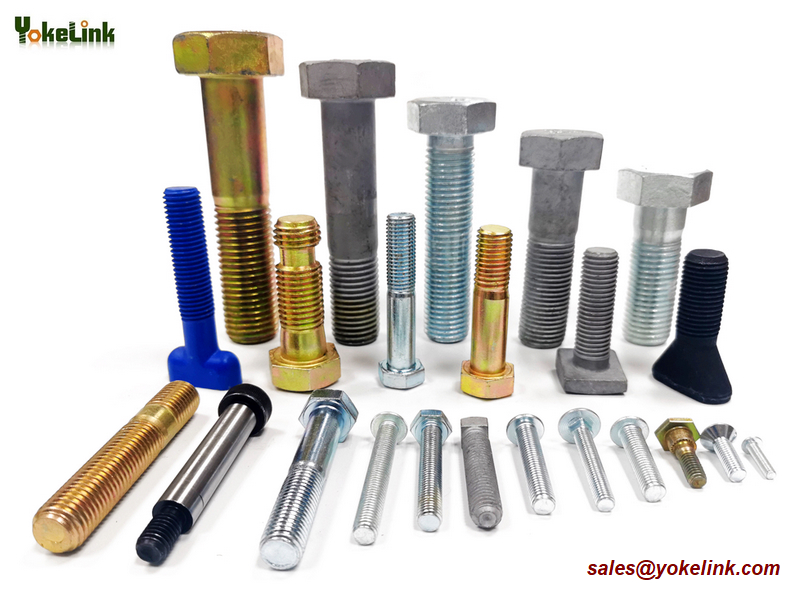Hydraulic pumps play a crucial role in the research and application of hydraulic transmission systems. Depending on their structure, general hydraulic pumps are typically categorized into four types: gear pumps, vane pumps, screw pumps, and piston pumps. However, gear, vane, and screw pumps often experience higher contact pressure due to their sliding or rotating components, which can lead to increased wear and reduced efficiency.
For instance, in vane pumps, the vanes move linearly within the rotor's guide grooves during rotation. The lateral stress is particularly high at the contact edges, especially under high-pressure conditions. In such cases, the vanes are pressed against the stator’s inner surface by centrifugal force, and due to the small contact area, the contact pressure becomes very significant.
Based on this analysis, it is clear that both domestically and internationally, piston pumps are widely used in hydraulic pressure pump applications. These pumps come in two main structural forms: valve-controlled radial piston pumps and swash plate axial piston pumps. Another type includes axial flow piston pumps with a swash plate. Using piston pumps not only reduces contact friction but also benefits from hydrostatic support in most axial piston motors (or pumps), unlike gear or vane pumps that rely on line contact. This significantly lowers the PV value of the friction pairs, reducing power loss and wear—especially important for marine and freshwater hydraulic systems where lubrication is poor and elastic lubrication is hard to achieve.
As a base unit for variable displacement pumps, axial piston pumps are commonly employed. Valve-controlled axial piston pumps offer high resistance to contamination and are known for long life and reliability, making them suitable for applications like bow-bottom drain pumps. However, valve-controlled variable displacement pumps have complex structures, limited adaptability, and higher manufacturing costs, which make them less widely used.
Swash plate-type axial piston pumps, on the other hand, come in various configurations based on control methods—manual, motorized, electric, hydraulic, or electro-hydraulic proportional control. Their basic principle involves adjusting the angle of the swash plate to vary the pump's displacement. There are two main structural arrangements: one where the swash plate rotates while the cylinder block remains fixed, and another where the swash plate is fixed and the cylinder block rotates.
In the first configuration, changing the swash plate angle requires it to rotate and pivot, which complicates the design and limits its application. In contrast, the second type allows for easier adjustment of the swash plate angle, making it more practical and widely used in modern hydraulic systems.
Structural Fastener
Yokelink supply a vast range of Industrial Fasteners to DIN, ISO & ANSI standards, including: Nuts, Bolts, Screws, Washers .There are hundreds of combinations of materials, heads, threads, plating, heat treating, and secondary operations. The materials and finishes including Steel, Brass, Stainless Steel, Aluminum, Zinc plating, Galvanized and Black. Providing standard and specialised Fastener solutions, coupled with industry customers. We also have the flexibility, capacity and expertise to manufacture fully customised fasteners specific to your application.

Construction, Structural Bolts, ASTM F3125, ASTM A325, A449, A490, F436, F3125M, ASTM A563, F1554, Hex Bolt, High Strength Bolt,Extension Anchor Rod, Hex Heavy Nuts, A563 Nut, A194 Nuts, 2H Heavy Hex Nuts,DIN 7967,Alloy Steel Nuts,DH3, A563-DH
Ningbo Yokelink Machinery Co.,Limited , https://www.yokelink.com
